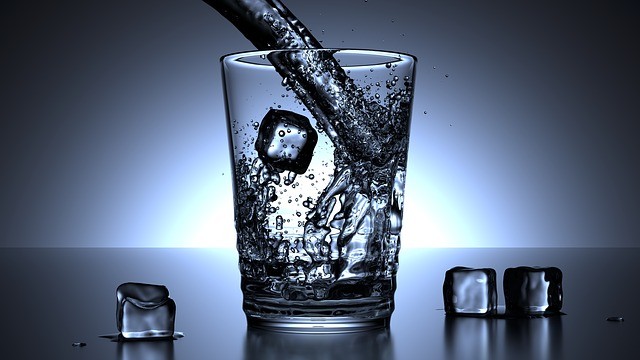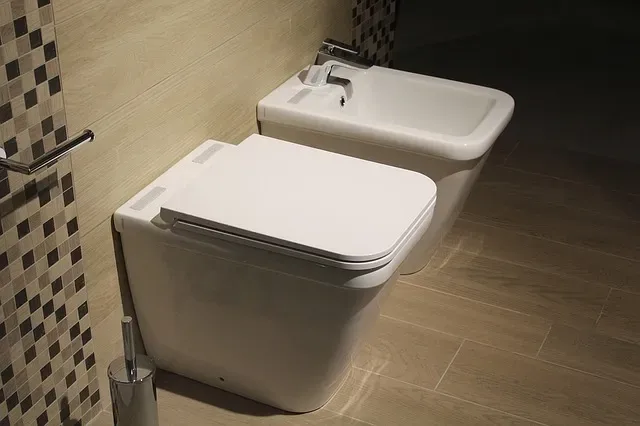What is a backflow prevention device and why do I need one?
The importance of backflow prevention
Backflow prevention is a crucial aspect of maintaining a safe and clean water supply for residential, commercial, and industrial settings as it prevents the reverse flow of contaminants into the drinkable water system. Whether you are a homeowner or business owner, when you have backflow prevention you will protect public health, ensure regulatory compliance, preserve water quality, safeguard property, prevent cross-contamination, and all in all gain peace of mind.

What is backflow?
Backflow is water that, after use, flows backward into your pipes. As this is used water, it can be contaminated and harmful to you and your family’s health. This is why a backflow prevention device is such a critical component of your plumbing. Needless to say, there are stringent requirements for backflow prevention devices and their installation. In order to protect you and your property a backflow preventer must be installed in any situation where incoming water and wastewater have a chance of being cross-connected.
What is a backflow prevention device?
There are several types of backflow prevention devices and you must ensure you have the correct type of device installed at your property. You will need an accredited plumber to assess your property’s hazard rating which will determine the type of device that you must have installed. Backflow prevention device classifications are as follows:
- Low Hazard - May cause a nuisance but not endanger health - Must have a non-testable backflow containment device installed
- Medium Hazard - May endanger health - Must get a testable double-check valve assembly installed
- High Hazard - May cause death - Must get a registered break tank, reduced pressure zone, or registered air gap installed
Backflow prevention valve for smart toilets
Smart toilets have gained popularity in Australia, with many homeowners embracing the health benefits and making them an addition to their homes. Smart toilets have advanced features such as bidet functions, integrated cleansing systems, and automated flushing which requires the use of water and can potentially create a risk of backflow if not properly controlled. That's where a backflow valve comes in, it's a device specifically designed to prevent backflow in the plumbing system and serves as a protective mechanism to ensure that contaminated water does not flow back into the potable water supply.
This backflow device is located close to the connection point where the smart toilet is connected to the water supply and helps to maintain the integrity and safety of the water source and minimise the risk of contamination.

Backflow prevention installation & testing
Backflow prevention devices must be installed in compliance with the Australian Standard AS2845: Water Supply Backflow Prevention Devices Requirements. Only accredited plumbers with a backflow prevention license can install and test backflow prevention devices. Based on the assessed hazard rating, a suitably rated backflow prevention device must be installed immediately downstream of the drinking water connection.
For your information
After the installation of a medium or high-hazard backflow device, a certificate of compliance will be sent to the QLD government to register your backflow prevention device. Low-hazard backflow prevention devices do not need to be tested annually, but medium and high-hazard properties must be tested by an accredited plumber every year after installation
If you would like more information about backflow prevention contact Leak Free Plumbing Solutions on 0422 392 447 to speak to one of our knowledgeable technicians.